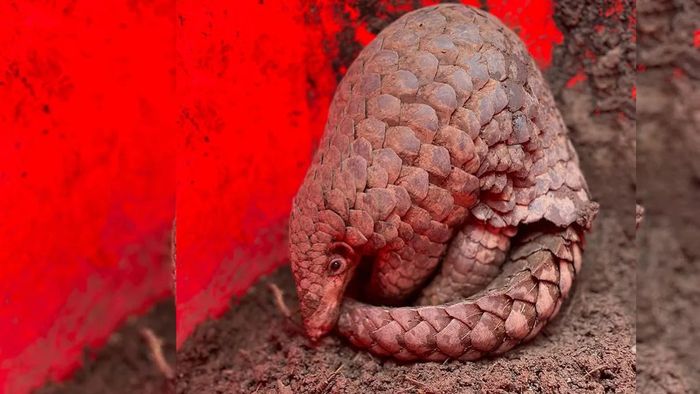New pangolin species discovered in Arunachal Pradesh
Scientists from the Zoological Survey of India (ZSI) have identified a new pangolin species in Arunachal Pradesh, genetically distinct from the commonly known Chinese and Indian pangolins.

- Jan 10, 2025,
- Updated Jan 10, 2025, 10:59 AM IST
Scientists from the Zoological Survey of India (ZSI) have identified a new pangolin species in Arunachal Pradesh, genetically distinct from the commonly known Chinese and Indian pangolins.
Named the Indo-Burmese pangolin (Manis indoburmanica), this species is a significant discovery, often mistaken for the Chinese pangolin but differing by 3.8% at the genomic level. Research indicates that the Indo-Burmese pangolin diverged from its Chinese counterpart (Manis pentadactyla) approximately 3.4 million years ago.
The findings, published in the prestigious journal Mammalian Biology, highlight the evolutionary uniqueness of this species. “Genetic analysis reveals this species evolved in isolation during the Pliocene and Pleistocene epochs due to climatic and geological changes. Its distribution likely spans parts of Arunachal Pradesh, Assam, and potentially extends into Nepal, Bhutan, and Myanmar,” explained Dr. Mukesh Thakur of the ZSI.
In March 2024, during fieldwork in Silluk village, East Siang district, ZSI scientist Lenrik Konchok Wangmo encountered a pangolin captured by local villagers. After photographing and sampling the animal, it was safely released into the Borguli range of the Daying Ering Memorial Wildlife Sanctuary.
Wangmo, an Arunachal native, expressed her excitement about contributing to the discovery. “This species brings new attention to pangolin conservation, emphasizing the need to protect their habitats from threats like poaching and deforestation,” she said.
Also Read: Arunachal Governor urges ITBP to boost border area development
The Indo-Burmese pangolin, part of the family Manidae, features dark brown to dark olive-brown scales and pinkish facial coloration, with bristle-like hairs covering its body. It is found across Arunachal Pradesh in districts like West Kameng, Papum Pare, Upper Subansiri, East Siang, and Kokrajhar in Assam. Its altitude range is between 180 and 1,830 meters above sea level.
“This species represents the westernmost distribution of the Chinese pangolin’s range, possibly extending into Eastern Nepal, Northeast India, and northwest Myanmar,” Dr. Thakur added.
The discovery underscores the urgency of protecting pangolins, which are among the most trafficked mammals worldwide. “Recognizing the Indo-Burmese pangolin as a distinct species highlights its vulnerability and the necessity for collaborative conservation measures,” Dr. Thakur emphasized.
ZSI Director Dr. Dhriti Banerjee praised the team’s efforts, stating, “This remarkable finding underscores the importance of scientific research in uncovering biodiversity and driving conservation actions. Protecting the Indo-Burmese pangolin is crucial for maintaining the ecological balance of the Indo-Burma region.”
This groundbreaking discovery brings new hope and attention to the conservation of pangolins and their fragile ecosystems.